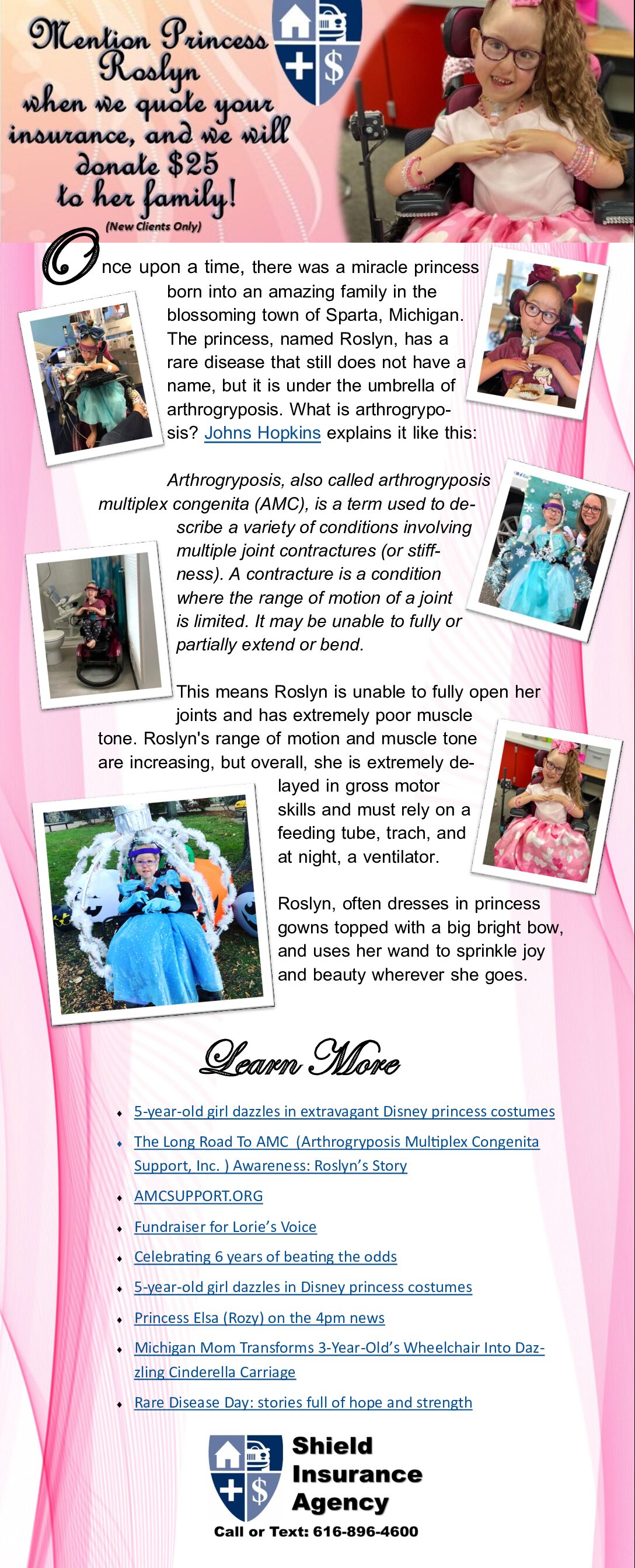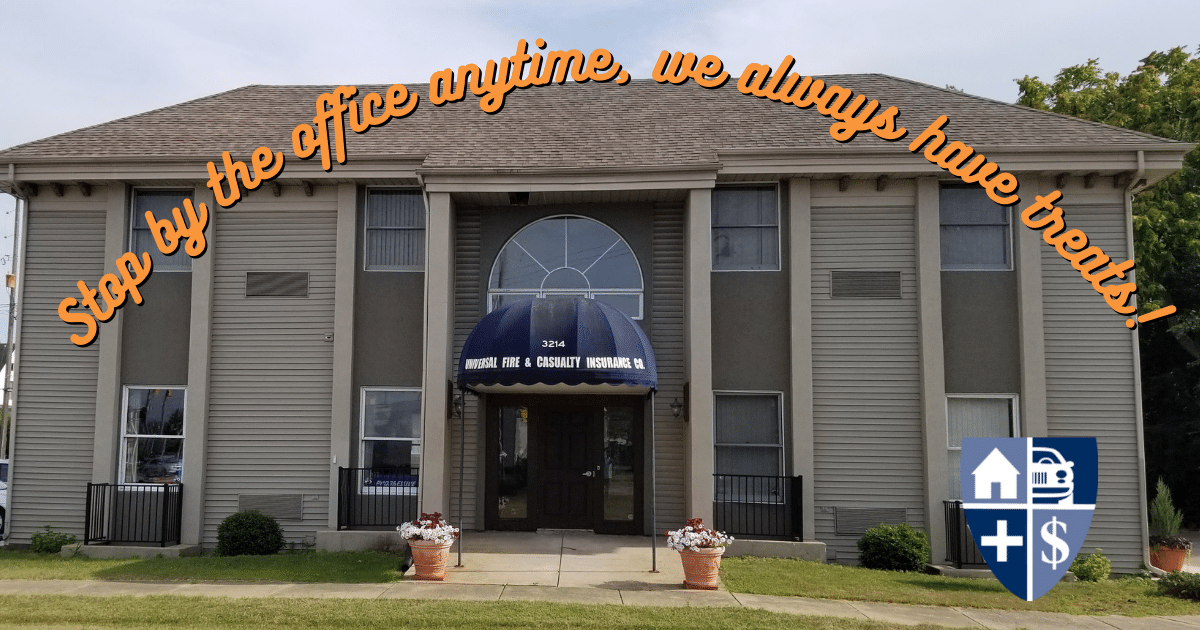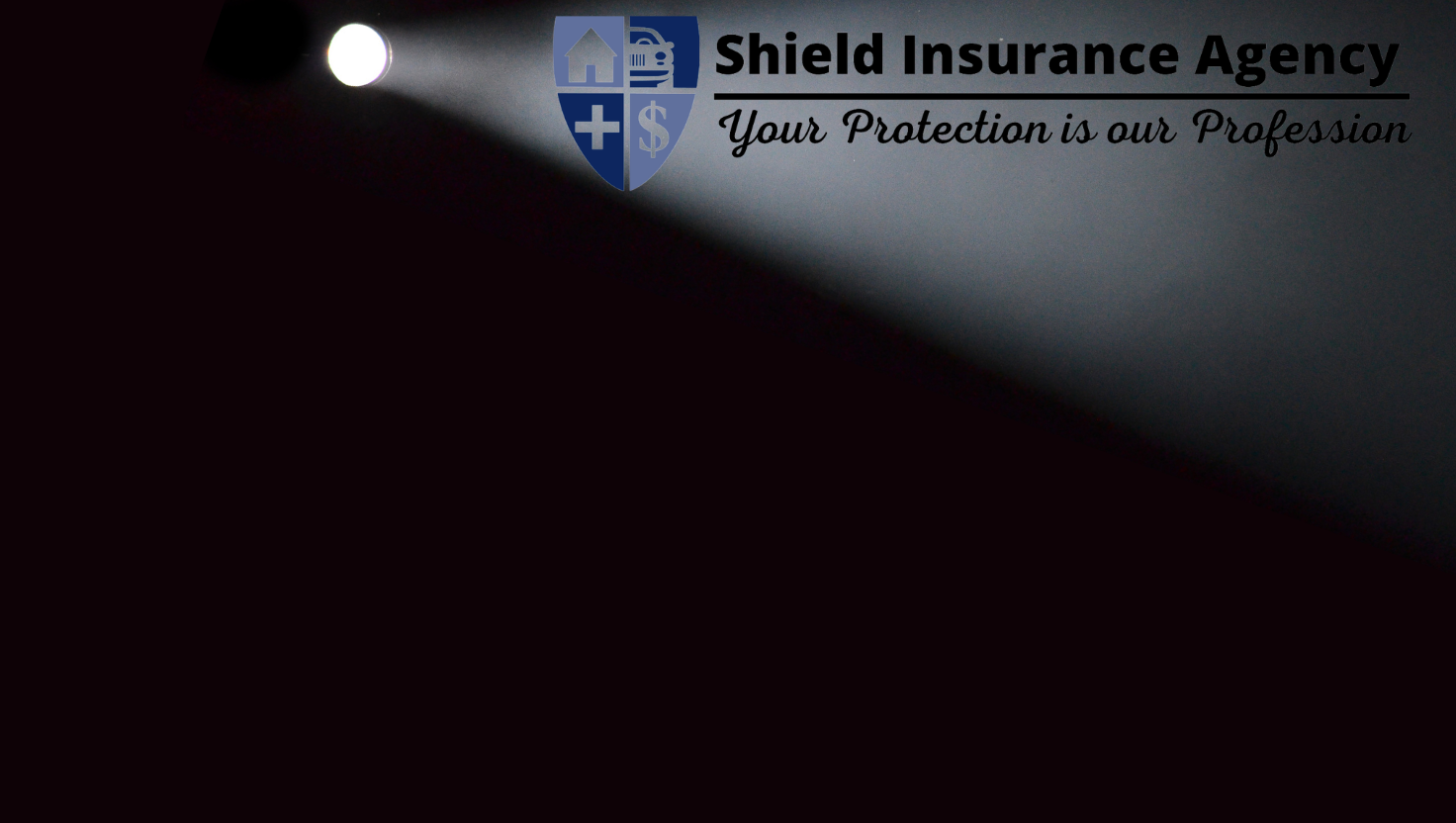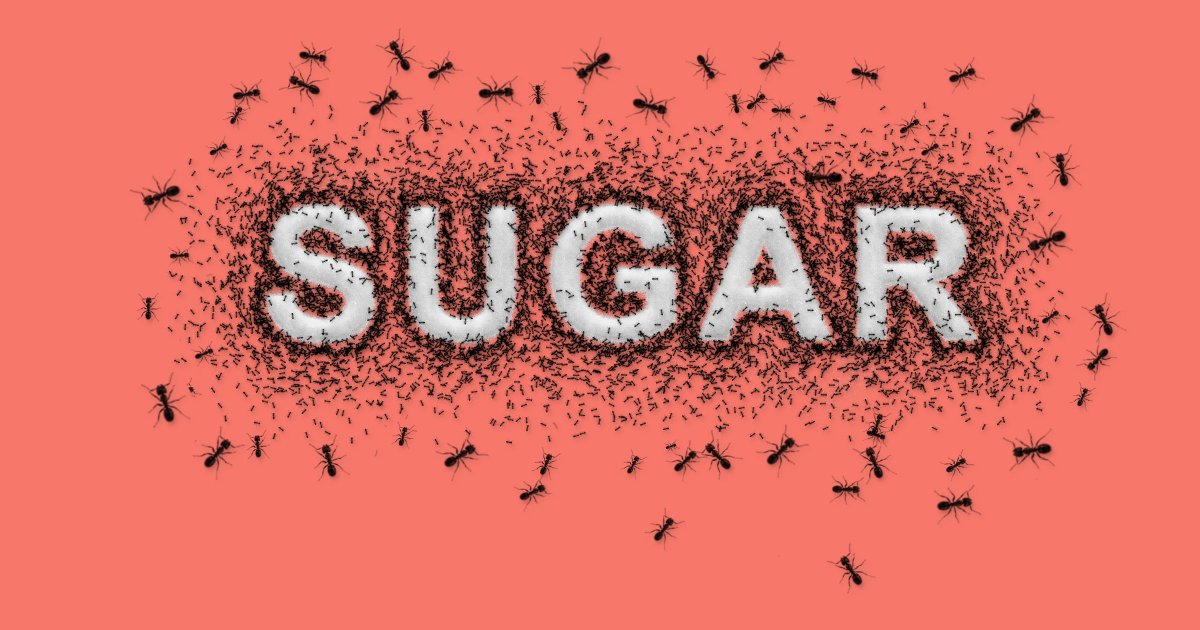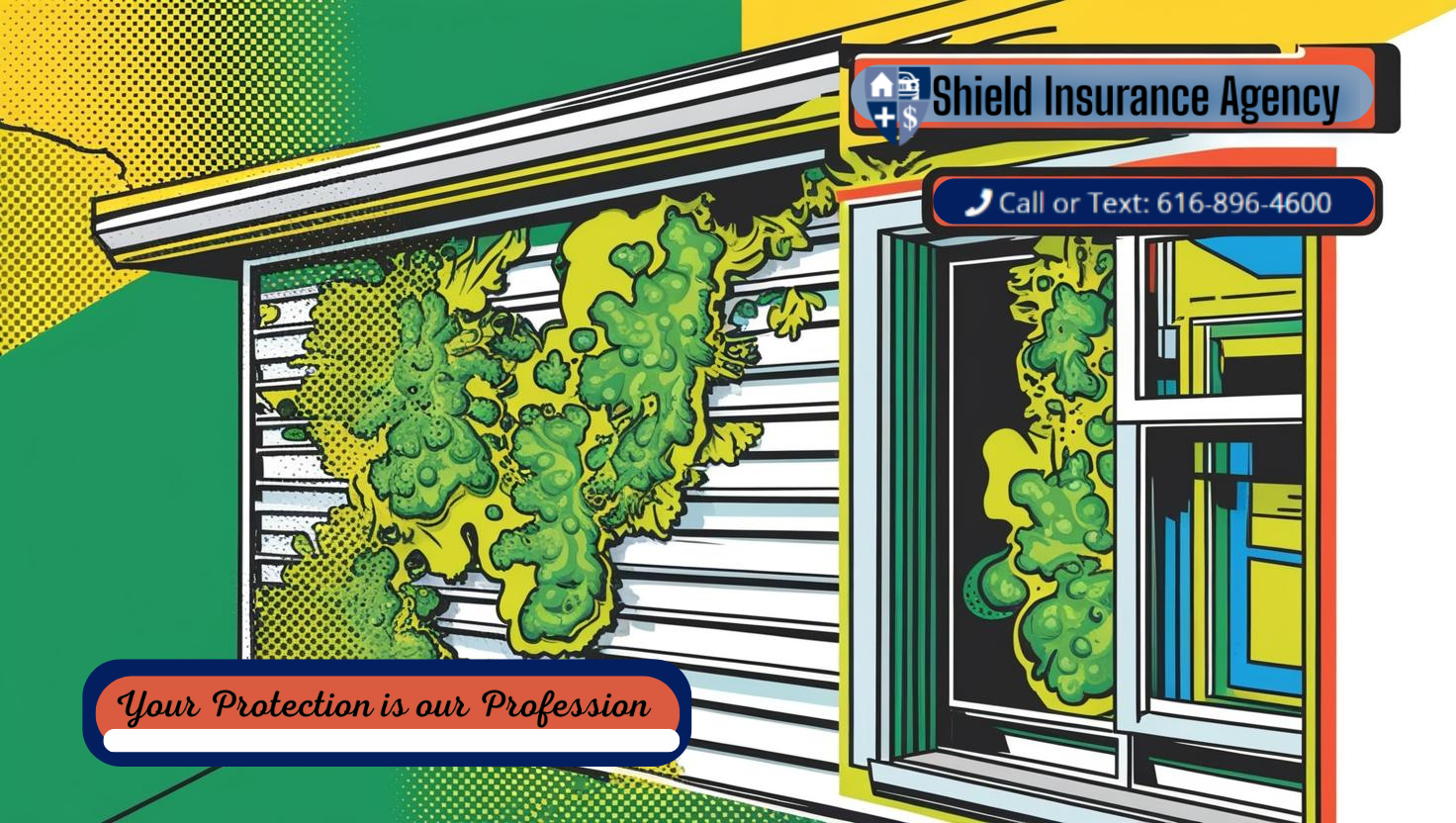At first glance, mold may seem unassuming but for commercial property owners, mold can be a highly problematic hazard that presents significant environmental risk.
Although frequently associated with the aftermath of natural disasters, mold is much more likely to result from routine maintenance issues such as leaky pipes or HVAC malfunctions. Taking a proactive approach to address mold is critical to help reduce the risk of property damage, guard against personal health effects, and avoid potentially costly future claims.
The health risks of mold
Concern about indoor exposure to mold has been increasing as the general public becomes aware of health risks and symptoms. According to the Centers for Disease Control and Prevention, potential adverse health risks can include a stuffy nose, sore throat, coughing or wheezing, burning eyes, or skin rash–with increased concerns for those with asthma or immuno-compromised individuals. Given these potential issues, commercial owners should prioritize mold as part of risk-management planning.
Industry-specific factors driving mold claims
While any business can be at risk for mold, certain sectors have experienced a significant uptick in the frequency and severity of costly environmental claims due to mold and indoor air quality issues. Here’s a look at the factors driving this trend in these sectors.
Heat and humidity create fertile breeding grounds for mold in schools.
Elementary and high schools (K-12) are vulnerable to mold growth for several reasons, including:
- increased moisture due to painting or carpet cleaning
- high humidity with reduced air conditioning or outdated heating systems
- Especially during the summer, a lack of ventilation combined with heat and humidity creates a perfect mold incubator.
Without regular maintenance, a school can rapidly experience significant mold growth. To mitigate the risk of mold outbreaks, schools should perform regularly scheduled inspections for signs of mold, moisture, and leaks, including during long breaks. The Environmental Protection Agency’s Mold in Schools fact sheet provides additional guidance on how schools can mitigate this risk.
Renovations can lead to contamination surprises for hospitals and hotels.
Deferred maintenance can lead to delayed problems for healthcare and hospitality sectors, especially when it comes to larger projects such as roof or room renovations:
- As a roof comes closer to the end of its useful life, the likelihood of leaking increases exponentially, as does the risk of mold growth.
- Mold thrives where there is plenty of organic material, such as wood, paper, paint, drywall, and insulation—frequently uncovered behind walls, under carpet and ceiling tiles, and surrounding corroded pipes during routine maintenance or renovation projects.
Not having a plan to address this risk can be very costly. In addition to the costs to address structural damage, hospitals and hotels may also experience lost revenue if facilities need to cease operations or are held liable for mold-related exposures of individuals.
Putting risk mitigation plans to work
Click here for the rest of the story…






















































































